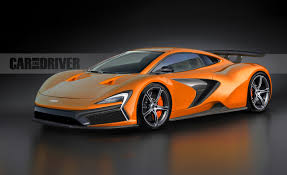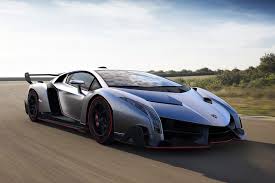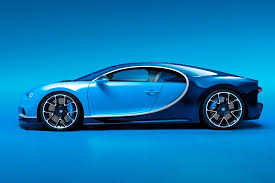





The turn of the twentieth century witnessed the dawning of the automobile industry. Tinkering by bicycle, motorcycle, buggy, and machinery entrepreneurs in Europe and the United States led to the first prototypes of automobiles in the late nineteenth century. French woodworking machinery makers Rene Panhard and Emile Levassor built their first car in 1890 with an engine designed in Germany by Gottlieb Daimler and Wilhelm Maybach. Armand Peugeot, a French bicycle maker, licensed the same engine and sold his first four lightweight cars in 1891. German machinist Carl Benz followed the next year with his four-wheeled car and in 1893 Charles and Frank Duryea built the first gasoline-powered car in the United States. Ransom Olds is credited as the first mass producer of gasoline-powered automobiles in the United States, making 425 “Curved Dash Olds” in 1901. The first gasoline-powered Japanese car was made in 1907 by Komanosuke Uchiyama, but it was not until 1914 that Mitsubishi mass-produced cars in Japan. Each region in the triad—North America, Europe, and Asia—has made significant contributions to process, product, and organization throughout the twentieth century. These innovations together have shaped the competitive structure of the automotive industry that exists today. The organization of production inputs—such as labor and suppliers of components and materials—as well as the configuration of distribution channels are also important dimensions of the growth and evolution of the industry. Furthermore, various forces outside the industry shape industry structure and strategies: trade flows; regional and international movement of capital; regional and global policies on trade, environmental regulation, and intellectual property, particularly in emerging economies; and the infusion of information technology throughout the procurement, production, and distribution systems. The automotive industry is dynamic and vast, accounting for approximately one in ten jobs in industrialized countries. Developing countries often look to their local automotive sector for economic growth opportunities, particularly because of the vast linkages that the auto industry has to other sectors of their economy.
